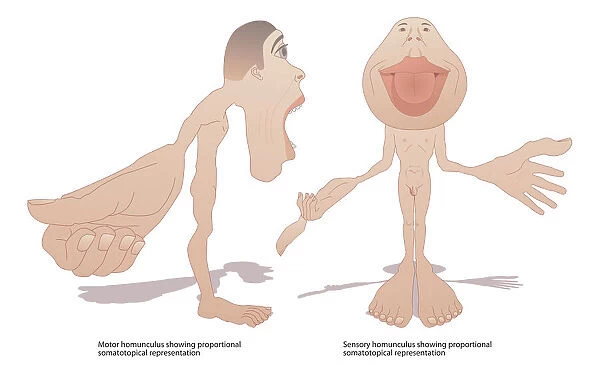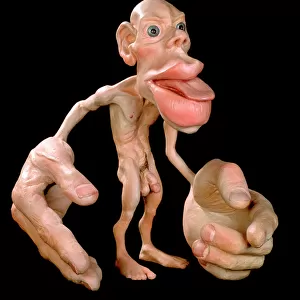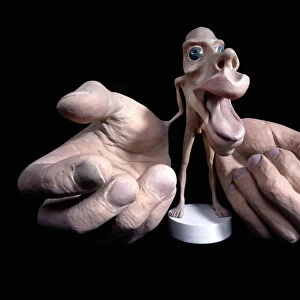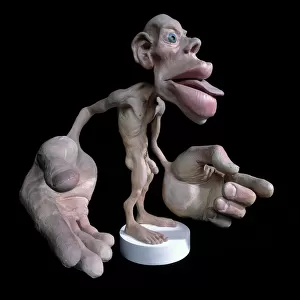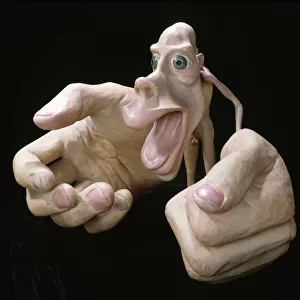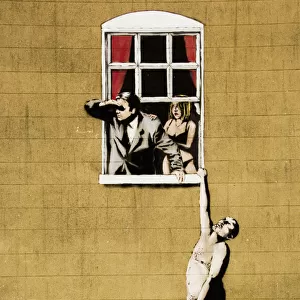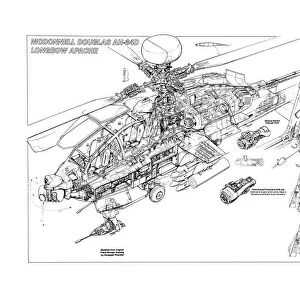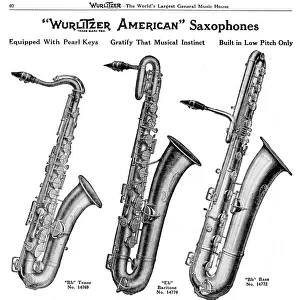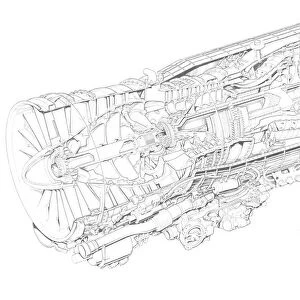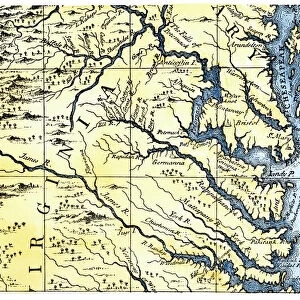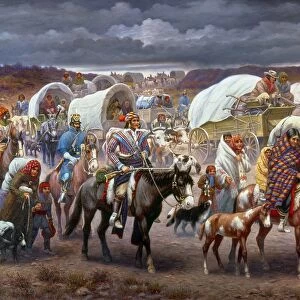Home > Popular Themes > Human Body
Motor and sensory homunculi
![]()

Wall Art and Photo Gifts from Science Photo Library
Motor and sensory homunculi
Sensory and motor homunculi. Computer artwork of a motor homunculus (left) and a sensory homunculus (right). Parts of the body are sized according to how much space the brain gives to processing sensory information about that part of the body (sensory homunculus) or to controlling the movement of that part of the body (motor homunculus)
Science Photo Library features Science and Medical images including photos and illustrations
Media ID 6422186
© PETER GARDINER/SCIENCE PHOTO LIBRARY
Cerebral Cortex Cortical Distorted Feet Finger Fingers Foot Hand Human Figure Lips Proportion Sense Senses Sensory Organ Tongue Brain Computer Artwork Concepts Neurological Neurology Proportional Sensory System
EDITORS COMMENTS
This print showcases the intricate and fascinating world of motor and sensory homunculi. In this computer artwork, we are presented with a striking visual representation of how our brain allocates space for processing sensory information and controlling movement in different parts of our body. On the left side, we encounter the motor homunculus, where body parts such as the tongue, finger, and feet are depicted proportionally larger or smaller based on their level of control exerted by the brain. This illustration vividly demonstrates how certain areas receive more attention from our cerebral cortex when it comes to orchestrating precise movements. Conversely, on the right side lies the sensory homunculus. Here, body parts like fingers and lips appear distorted in size to reflect their significance in receiving sensory input. The concept behind this portrayal is that regions responsible for processing touch sensations devote more neural resources to areas that require heightened sensitivity. This artistic duo serves as a powerful reminder of the interconnectedness between our brains and bodies. It highlights how every action we perform or sensation we experience is intricately linked to specific regions within our neurological framework. Through this thought-provoking image, Science Photo Library invites us to delve into these complex concepts surrounding human biology and anatomy while marveling at nature's incredible design.
MADE IN THE USA
Safe Shipping with 30 Day Money Back Guarantee
FREE PERSONALISATION*
We are proud to offer a range of customisation features including Personalised Captions, Color Filters and Picture Zoom Tools
SECURE PAYMENTS
We happily accept a wide range of payment options so you can pay for the things you need in the way that is most convenient for you
* Options may vary by product and licensing agreement. Zoomed Pictures can be adjusted in the Cart.

